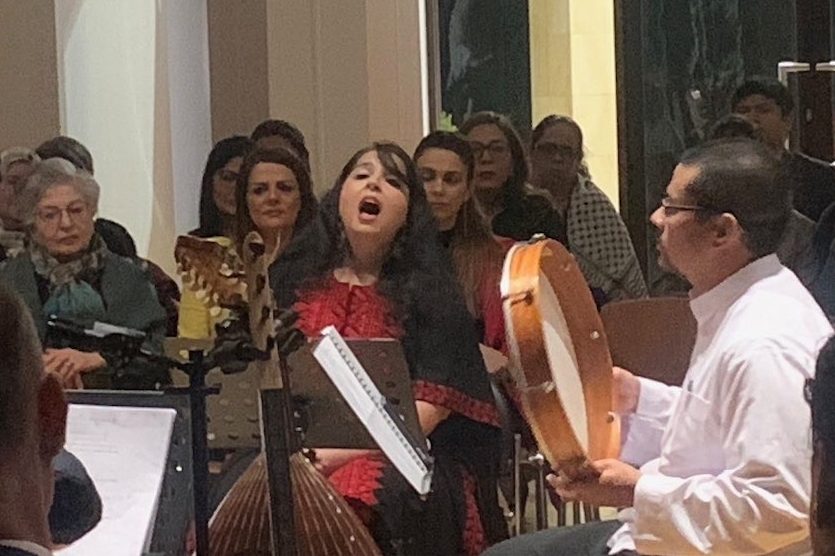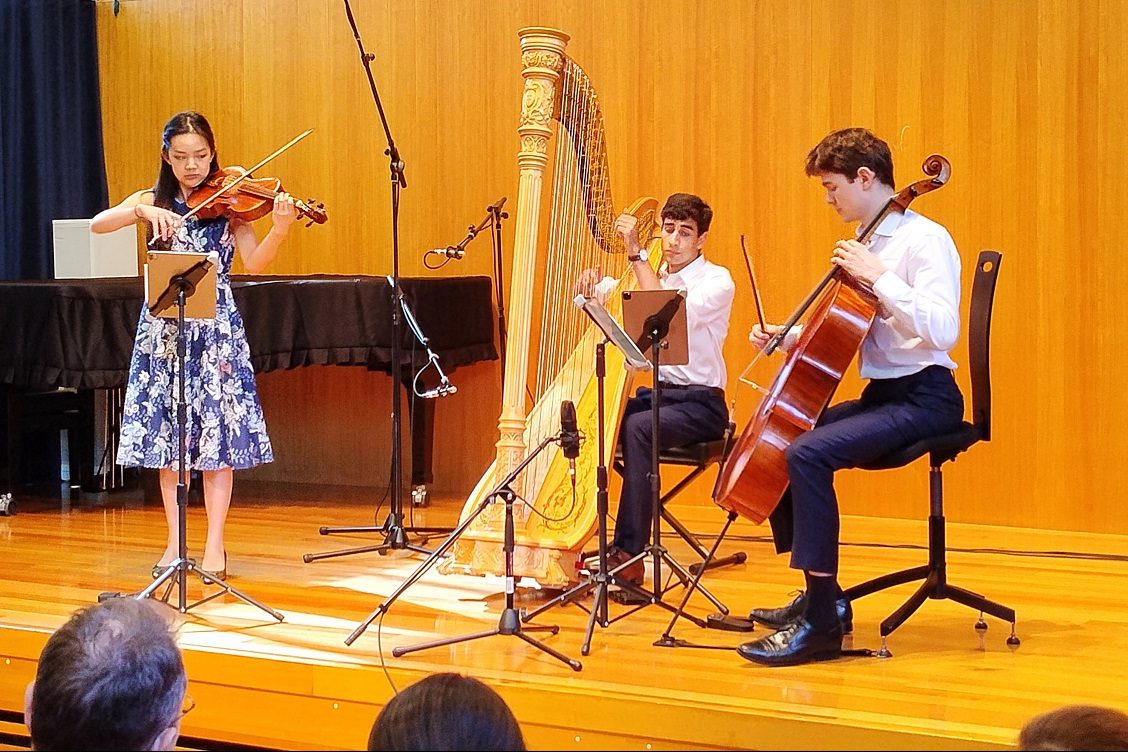THERE was a certain irony in the fact that, on the same day as the Canberra International Music Festival was featuring “revolutionary” music for video games at Llewellyn Hall, Canberra’s community string orchestra, Musica da Camera, was attending to genuine revolution –music from the Italian Baroque period.

Saturday’s program focused on her music by Italian composers, but Porcheddu was prepared to admit Handel to that category on the basis that his mastery of the Concerto Grosso derived from the period when he lived in Italy.
In the first half of the program, which also featured Opus 5 & 6: Concerti a piu Instrumenti Op 5 No 6 in D-major by Evaristo Felice dall’Abaco and Sonata Op 2 No 1 by Tomasao Giovanni Albinoni, Handel’s Concerto Grosso Op 6 No 10 in D-Minor formed the centrepiece. With a very strong overture and an enjoyable quality to the following dance-like movements, this proved a very suitable choice for the orchestra, which performed strongly, perhaps sometimes too forcefully in the violin section.
It was the second half of the program however, featuring works by Vivaldi, Corelli, Valentini and Geminiani which proved the most intriguing.
In Vivaldi’s Sinfonia ‘Al Santo Sepolcro’ B-Minor, Porcheddu herself took the lead, with an animated performance.
In Corelli’s s Concerto Grosso Op 6 No 4 in D-Major, there was a change of mood, with the highlight a brilliant violin section in the final allegro. It was Corelli who set the groundwork for the dominance of the violin in Western orchestras and the orchestra paid due tribute to that.
On her own admission to the audience, Porcheddu initially knew very little about the composer Giuseppe Valentini except that he was influenced by Corelli and that he wanted to be “original and different”, splitting the violin section into four. Describing his Concerto Grosso Op 7 No 11 work as “ very challenging,” she said it was worth “having a go”. She was right. Here the orchestra really hit its straps, tuneful and expressive, with the work performed in a lively manner.
The concert concluded with Geminiani’s composition, Concerto Grosso Op 5, number 12, “La folia” (madness). He was known as in his time as “the madman,” but Geminiani’s particular brand of insanity revealed itself in the creation of a steady “ground-base” for the many variations that would become characteristic of Baroque music.
Musica da Camera must be applauded for its decision to perform such a fascinating and demanding repertoire under the baton of a genuine expert in Italian music of this period.
Who can be trusted?
In a world of spin and confusion, there’s never been a more important time to support independent journalism in Canberra.
If you trust our work online and want to enforce the power of independent voices, I invite you to make a small contribution.
Every dollar of support is invested back into our journalism to help keep citynews.com.au strong and free.
Thank you,
Ian Meikle, editor




Leave a Reply